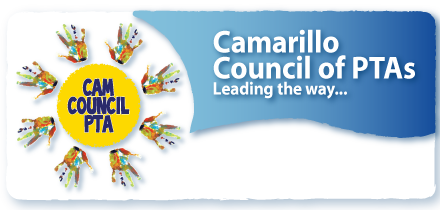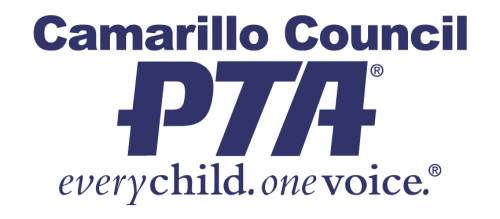Red Ribbon Week
Resources
Links:
- Red Ribbon Campaign
- Partnership for a Drug-Free California
- CAPTA Toolkit Red Ribbon Week
- California Department of Education
- California Friday Night Live Partnership
- U.S. Drug Enforcement Administration (DEA)
- Sundt Memorial Foundation
- The Enrique S. Camarena Educational Foundation
- National PTA Substance Abuse
History… the short version.
In 1985 Enrique Kiki Camarena was kidnapped, brutally tortured, and murdered by drug traffickers. His tragic death opened the eyes of many Americans to the dangers of drugs and the international scope of the drug trade.
Within weeks of his death in March of 1985, Camarena’s Congressman, Duncan Hunter and Kiki’s high school friend Henry Lozano, launched “Camarena Clubs”. Hundreds of club members pledged to lead drug-free lives to honor the sacrifices made by Camarena and others on behalf of all Americans. These coalitions began to wear red badges of satin, red ribbons, as a symbol Camarena’s memory.
These pledges were delivered to first lady Nancy Reagan at a national conference of parents combating youth drug use. Several state parent organizations then called on community groups to wear red ribbons during the last week of October as a symbol of their drug-free commitment. In 1988, the National Family Partnership (NFP) coordinated the first National Red Ribbon Week with President and Mrs. Reagan serving as honorary chairpersons.
Today, Red Ribbon Week is nationally recognized and celebrated. The Red Ribbon Campaign has also become a symbol of support for the DEA’s efforts to reduce demand for drugs through prevention and education programs. Get the whole story…
Red Ribbon Week in Elementary Schools
While it is important that children get a straight forward message about drug use, it is equally important that the message be age appropriate. For elementary age students we have two main focuses: 1) making healthy lifestyle choices and 2) developing a positive association with law enforcement. Common activities for our K-5 students might include taking a drug free pledge, participating in poster contests, essay contests, healthy choice themed assemblies, spirit days, and visits from Law Enforcement Agencies (and their vehicles).
Red Ribbon Week in Middle Schools
Considering most addicts start using between the ages of eleven and fourteen, this is a crucial time to impress the dangers of drug use on teens. The tone used in this age group is more serious with an emphasis on providing facts and alternative choices to drug use. Common activities may include discussions about the effects of drug use, essay contests, drug-free pledges, assemblies, visits by law enforcement, interactive classroom events, and parent nights.
Red Ribbon Week in High Schools
More than 75% of teens will have tried drugs or alcohol before they graduate high school. Many of the activities in high schools are similar to those of middle schools, only they may be more graphic in nature. For instance, a school might partner with law enforcement to simulate a drunk driving accident on a football field.
Regardless of the child’s age, Red Ribbon Week provides and excellent stepping stone to a dialog between you and your child. Click here for additional resources and ideas.

